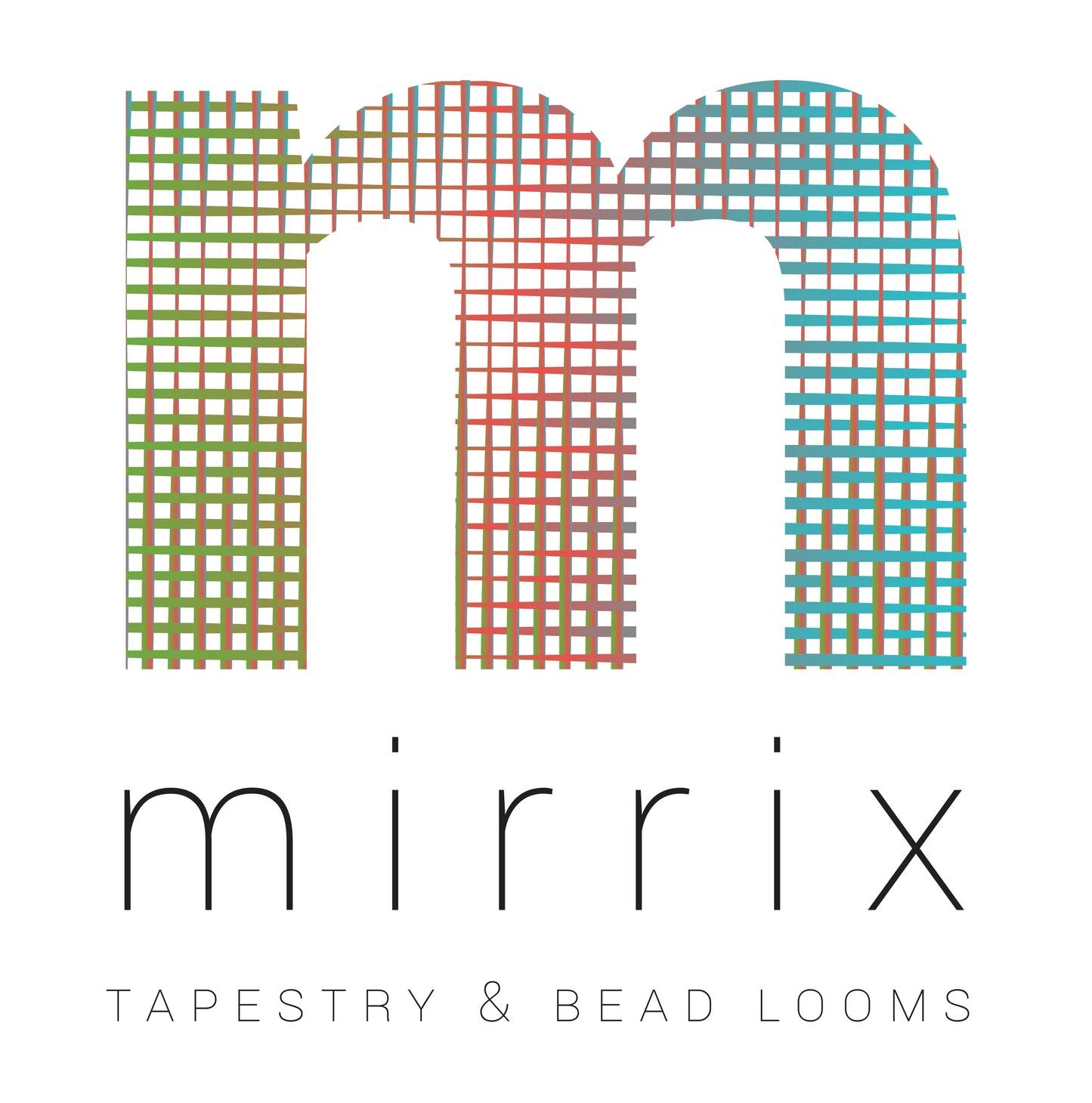
You’ve seeing these adorable woven wall-hangings on Instagram and Pinterest and you’re ready to take the plunge to learn how to make your own woven art. Maybe you take a class on a basic frame loom or you make your own loom from a picture frame and follow some instructions you find online. Now, you’re ready to take this craft to the next level. What’s first? A high-quality loom! You’ve heard of Mirrix Looms, but they’re tapestry looms… is tapestry the type of weaving you’re interested in? What exactly IS tapestry?
Pictorial
Imagine a woven scarf or a blanket. It might be one color, stripes or a pattern, but usually it doesn’t depict an image or a varying design. Tapestry, however, does. A tapestry might represent a realistic image, a complex design or even an abstract picture.
Discontinuous Wefts
Generally tapestry has discontinuous wefts. This mean the weft (again, these are the threads that go across the loom) do not go from selvedge (edge) to selvedge (edge).
So is the type of weaving you want to do tapestry? If it is weft-faced and pictorial, it probably falls somewhere on the tapestry spectrum. What does this mean?
1.) You can use, and benefit from, a dedicated tapestry loom like a Mirrix. Great tension, a shedding device and accessory options are just a few reasons why.
2.) You can weave using tapestry techniques. Stripes and fringe are fun, but there are so many more amazing tapestry techniques. Pick and Pick is a great example. Learn how to create these fun vertical stripes here.
3.) You can benefit from some of Mirrix’s free projects and ebooks, like our Textural Tapestry Wall-Hanging Project. Click here to see and download more free projects.
Interested in a Mirrix Loom for tapestry weaving? Click here to get a personalized loom recommendation.






